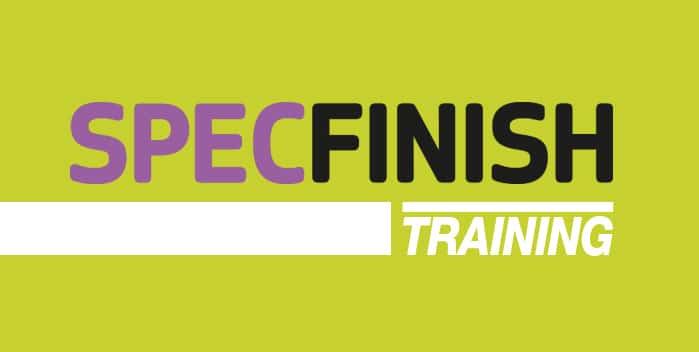The one guaranteed constant around apprenticeship provision at the moment is change. The introduction of Trailblazers as the new standard for all apprenticeship qualifications, the new Apprenticeship Levy across all sectors and a resulting restructure to funding through CITB mean taking on an apprentice seems even more complex than before. Do these changes provide the sector with a threat or an opportunity? FIS training manager Jeremy Clayton provides some all-important details.
Trailblazer Apprenticeships are becoming the new standard by which an apprentice is measured. They will therefore be the only mechanism with which to gain funding for training. FIS is spearheading the Interior Systems Trailblazer which is on track for sign off at the beginning of 2017. Several FIS members provided excellent input to the process to help ensure this Trailblazer is fit for purpose for our sector.
Utilising expertise from the National Occupational Standards working group also enabled a fast-track approach to delivering the requirements set out by the Department for Business Innovation & Skills (DBIS).
FIS has also been involved in the consultation that incorporates plastering and bricklaying within a Trailblazer, led by the Federation of Master Builders (FMB). British Gypsum originally submitted a Level 2 expression of interest for a plastering Trailblazer from a group of its customers. This was referred to the FMB, who was tasked with looking at the similarities involved. British Gypsum and the FMB are being encouraged to work together on a final solution. From this, it is clear that DBIS is trying to ‘streamline’ the number of standards through this process, so it is important for FIS to continue to be engaged with all who look like they have a small interest in the sector.
Funding for all future apprentices will require a Trailblazer as the standard. From April 2017, this will be paid out primarily through the use of a new digital voucher scheme, underpinned by the new UK business-wide Apprenticeship Levy. This new levy will be calculated on the entire pay bill at a rate of 0.5 per cent. However, allowances worth £15,000 for each tax year will be available to offset against this. This means the levy will only be payable on pay bills over £3 million, because 0.5 per cent of £3 million is £15,000. This allowance will operate on a monthly basis, accumulating as the year goes on, with all payments handled by HMRC through payroll calculations.
With a delay to consensus, CITB is looking at managing the payment of dual levies by those in the higher bracket but promising to mitigate the impact on firms in scope during this transitional period. Details of this are expected this month.
The Apprenticeship Levy at first glance may not look like it will affect SMEs who don’t fall into the £3 million payroll bracket, and as such won’t be paying the levy from April 2017. Julian Carter from construction consultancy SECBE thinks next year holds some interesting options for our sector: “The Apprenticeship Levy could mean companies in scope may look to use the monies that they are contributing to bring in apprentices into their extended family, either directly or indirectly through their supply chain, if the rules allow. This could be a benefit to the industry as a whole, as subcontractors work with many lead contractors and therefore support from lead contractors could help the supply chain,” he explained.
“The biggest shake up could be for those companies who are now faced with paying for college courses for any apprentices that they employ. As it stands, and there are still unknowns, any company employing an apprentice will be responsible for contributing towards their tuition costs. There will be rebates achievable, depending upon certain criteria. However, the possibility exists that candidates aged 19 or over could be excluded from apprenticeships because part of the rebate will only apply to 16- to 18-year-olds. Companies could consider age as a factor.”
Mr Carter continued: “In addition, a rebate is earnt if the company has fewer than 50 employees, which could mean that companies with more than 50 employees will think long and hard before taking on apprentices if it is going to cost them more money above and beyond employment costs.”
There are still lots of uncertainties, but clearly there are both opportunities and threats to apprentices in our sector. How are we as a sector going to respond to the changes? How will your company respond? FIS would appreciate your views in this short survey: www.thefis.org/apprentice-survey


